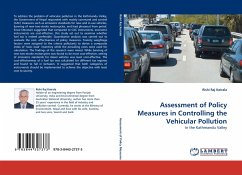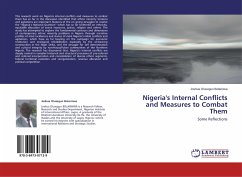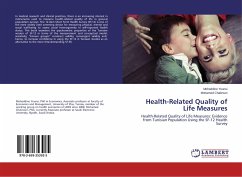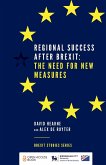To address the problem of vehicular pollution in the Kathmandu Valley, the Government of Nepal responded with mainly command and control (CAC) measures such as emissions standards for new and in-use vehicles, banning of new two-stroke motorcycles, and lead phaseout from petrol. Since literature suggested that compared to CAC instruments, economic instruments are cost-effective, this study set out to examine whether fuel tax is indeed preferable. Quantitative analysis was carried out to evaluate the cost- effectiveness of policy measures. Toxicity weightage factors were assigned to the criteria pollutants to derive a composite index of toxic load' inventory while the prevailing costs were used for calculation. The findings of the research were mixed. While banning of new two-stroke motorcycles was found to be most cost-effective, setting of emissions standards for diesel vehicles was least cost-effective. The cost-effectiveness of a fuel tax was calculated for different tax regimes and found to fall in between. It suggested that both categories of instruments should be implemented to achieve the objective with least cost to society.








